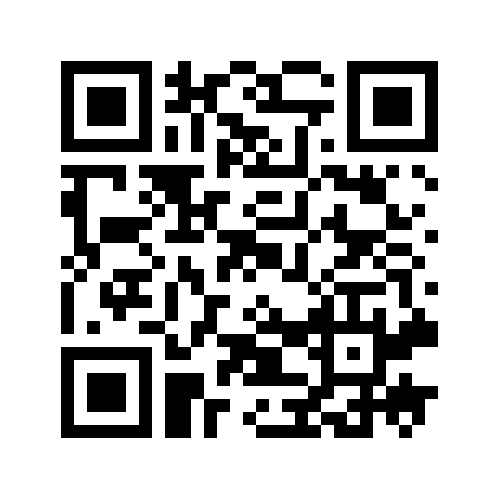Phillip Kingston is a British Australian entrepreneur and engineer that has spent twenty years in tech as a founder, CEO and CTO across financial services, cybersecurity, artificial intelligence, and deep tech industries. Companies founded include Sargon, GrowthOps, Galactic Bioware and Trimantium.
This paper introduces Workflow Intention, a novel framework for identifying and encoding process objectives within complex business environments. Workflow Intention is the alignment of Input, Process and Output elements defining a Workflow's transformation objective interpreted from Workflow Signal inside Business Artefacts. It specifies how Input is processed to achieve desired Output, incorporating quality standards, business rules, compliance requirements and constraints. We adopt an end-to-end Business Artefact Encoder and Workflow Signal interpretation methodology involving four steps: Modality-Specific Encoding, Intra-Modality Attention, Inter-Modality Fusion Attention then Intention Decoding. We provide training procedures and critical loss function definitions. In this paper we introduce the concepts of Workflow Signal and Workflow Intention, where Workflow Signal decomposed into Input, Process and Output elements is interpreted from Business Artefacts, and Workflow Intention is a complete triple of these elements. We introduce a mathematical framework for representing Workflow Signal as a vector and Workflow Intention as a tensor, formalizing properties of these objects. Finally, we propose a modular, scalable, trainable, attention-based multimodal generative system to resolve Workflow Intention from Business Artefacts.
Links:[Research Gate (386374124)] [Semantic Scholar] [SAO/NASA Astrophysics Data System] [Hugging Face]
This paper introduces Opus, a novel framework for generating and optimizing Workflows tailored to complex Business Process Outsourcing (BPO) use cases, focusing on cost reduction and quality enhancement while adhering to established industry processes and operational constraints. Our approach generates executable Workflows from Intention, defined as the alignment of Client Input, Client Output, and Process Context. These Workflows are represented as Directed Acyclic Graphs (DAGs), with nodes as Tasks consisting of sequences of executable Instructions, including tools and human expert reviews. We adopt a two-phase methodology: Workflow Generation and Workflow Optimization. In the Generation phase, Workflows are generated using a Large Work Model (LWM) informed by a Work Knowledge Graph (WKG) that encodes domain-specific procedural and operational knowledge. In the Optimization phase, Workflows are transformed into Workflow Graphs (WFGs), where optimal Workflows are determined through path optimization. Our experiments demonstrate that state-of-the-art Large Language Models (LLMs) face challenges in reliably retrieving detailed process data as well as generating industry-compliant workflows. The key contributions of this paper include integrating a Work Knowledge Graph (WKG) into a Large Work Model (LWM) to enable the generation of context-aware, semantically aligned, structured and auditable Workflows. It further introduces a two-phase approach that combines Workflow Generation from Intention with graph-based Workflow Optimization. Finally, we present Opus Alpha 1 Large and Opus Alpha 1 Small that outperform state-of-the-art LLMs by 38% and 29% respectively in Workflow Generation for a Medical Coding use case.
This study investigates the construction and dissemination of manipulative narratives in cognitive warfare in the Russia-Ukraine conflict. Leveraging Attack-Index software for semantic analysis to evaluate logical coherence, we examine how adversarial messaging activates cognitive biases, such as fear or trust, to shape perceptions and influence behaviors. The analysis reveals the emotional underpinnings of nuclear threat narratives and their strategic timing to manipulate global opinion and decision-making. By detecting linguistic subtleties, including sarcasm and euphemisms, we identify methods often deployed to polarize societies and erode institutional trust. By emphasizing existential threats like nuclear warfare, adversaries exploit survival instincts to override rational evaluation. By monitoring and categorizing narratives, we trace their development and identify changes in rhetorical strategies. We also established how Russia's synchronization of cognitive attacks has deterred Ukraine's Euro-Atlantic integration and influenced allied military support decisions. The paper reveals narrative manipulation in cognitive warfare, offering actionable insights for countering disinformation and enhancing resilience against information threats. This paper's key contributions include: Establishing nuclear rhetoric as a strategic tool within manipulative narratives, highlighting its synchronization with geopolitical events such as NATO summits and military aid meetings, introducing an innovative analytical framework that combines semantic analysis and AI-driven methodologies, enhancing the detection and prediction of disinformation narratives and providing actionable insights for crafting countermeasures, with a focus on the importance of real-time monitoring systems and international collaboration to address the transnational challenges posed by cognitive warfare.
